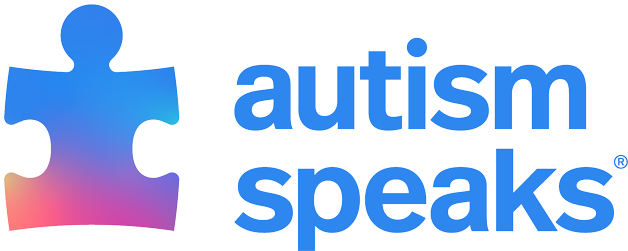The valuable lesson my nonverbal daughter taught her class
By Miriam GwynneThis guest blog post is by Miriam Gwynne, a mother of two children on the autism spectrum. Miriam is an established blogger who writes on her own blog as well as for Huffington Post, The Mighty and more.
Like every mum I was terrified when my baby started full time school. Even as I dressed her in her shirt and tie I wondered yet again if mainstream was going to be the right place for her.
I had more reason than most to worry as she left that day still unable to dress herself and not yet potty trained, diagnosed with autism and selective mutism, and despite having had an extra year at nursery already, she was still one of the smallest children.
On top of all that she carries a heavy burden wherever she goes even at the tender age of five.
I often wonder if professionals realize the daily weight that siblings carry on their shoulders every day?
As well as her own diagnosis my beautiful blue eyed girl is the twin sister of a boy with even more complex needs. He has tumors, severe autism, challenging behavior, global delay and is non verbal. She has to live with that at the fragile age of five.
How would she manage without him as his school placement was 14 miles away from hers? How would anyone know to meet her personal needs if she was unable to talk? Would her anxiety, vulnerability and tiny size make her an easy target for bullies? Would her home life stress cause issues with her learning?
I worried. And wondered.
But something changed that first week she started school. And one day her classroom assistant told me that my special, fragile, silent girl had actually changed that whole class of new starts without even saying a word.
It turns out there were two other children in her class who were also silent, but for a very different reason: they were unable to speak English. For ease of teaching my daughter was sat next to these children so the one assistant could help them all. But none of the teachers spoke Russian and everyone was still trying to work out the best way to help this group of children who due to inclusion had all been placed in the same mainstream class.
The teacher taught a lesson and the children sat on the floor. My baby girl sat and listened intently and returned to her seat. The class had been asked to draw a picture and write their names at the top of the sheet. As all the eager children started to pick up pencils and pens Naomi just sat there. She watched as the classroom assistant struggled to help the two others who had no understanding of what had been asked of them.
As another child momentarily distracted the assistant Naomi got up from her seat and walked over to the two children. She took the water holder from the middle of the desk and pulled it beside them. And silently she took each child by the hand and pointed to their own name and then pointed to the top of their paper. She then picked up a crayon and began to mark their paper every so slightly and pointed to what the others were doing.
She waited while they took in her attempts to communicate without language and slowly they began to copy down their name and begin drawing. She looked at them and smiled. And only then did she return to her own chair to try and write her own name.
The classroom assistant cried. The teacher watched.
The most unlikely child in the class had taught them all a lesson that day. The child diagnosed with a communication disorder actually showed them all how to communicate.
She still does not know one word of Russian. But living with a nonverbal brother with complex needs taught her something that changed her entire class of children without her saying a word: it doesn’t need words to help people.
I still worry. But I know that in all she lives with she is somehow managing to turn ashes to beauty. And I could not be more proud of her.









